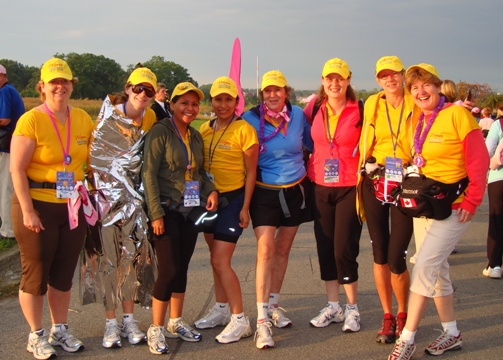Submitted to the Inord Working Paper Series, June 30, 2000
Jennifer Keck, Ph.D. Associate Professor – School of Social Work
Mary Powell, Ph.D. Associate Professor – Department of Political Science
Laurentian University, Sudbury, Ontario
Getting Active in the Local ‘we were part of a generation that stood up for our rights’
Like most of the men they worked with, the majority of the women were not radical. They were prepared to challenge conventional gender prescriptions to earn a man’s wage but few of them considered themselves feminists or were interested in broader political struggles. Still, few of the women remained untouched by the militancy of mining work culture and the impact of women’s movement in the 1970s. It was not long before a small number of women emerged who were willing to hold the company and the union- to the original promise that they would be treated the ‘same as men’ and receive ‘equal treatment and opportunities.’
Women became active with the union under much the same conditions as new male workers. They were recruited early, often after complaining about conditions on the shop floor, and put on health and safety committees at the various plants. The first two women union stewards took office in 1975; women were also elected as delegates to the Ontario Federation of Labour convention the following year. While the union gave early support for the women to become active, there was generally more support for the women working on traditional union issues than there was for their attempt to challenge differences based on gender. This was probably not surprising given the large number of male workers and the union’s traditional support for the family wage.
A women’s committee was established in 1977 to address this problem. One of the organizers challenged the company and the union in an article that appeared in the union’s newsletter, The Searcher: “Over the last three years women have had to prove themselves to the company and the union. As women workers we share and support the concerns and struggles of our brothers… Now we want to be active so we can have a voice in our local… that is not our privilege, it is our right.’(22)






























 The annual Prospectors and Developers Association of Canada (PDAC) convention is the premier event in the global exploration and mining sector. The Toronto convention, which is always held in the first week of March, is expected to set another attendance record this year with about 20,000 visitors.
The annual Prospectors and Developers Association of Canada (PDAC) convention is the premier event in the global exploration and mining sector. The Toronto convention, which is always held in the first week of March, is expected to set another attendance record this year with about 20,000 visitors. Among the many attendees to the 20th Hall of Fame dinner, one table had much to be proud of. The Women in Mining team who participated in last fall’s Weekend to End Breast Cancer in Toronto were also celebrating their status as the top fundraising team achieving a record total of $200, 707 for this worthy cause.
Among the many attendees to the 20th Hall of Fame dinner, one table had much to be proud of. The Women in Mining team who participated in last fall’s Weekend to End Breast Cancer in Toronto were also celebrating their status as the top fundraising team achieving a record total of $200, 707 for this worthy cause.